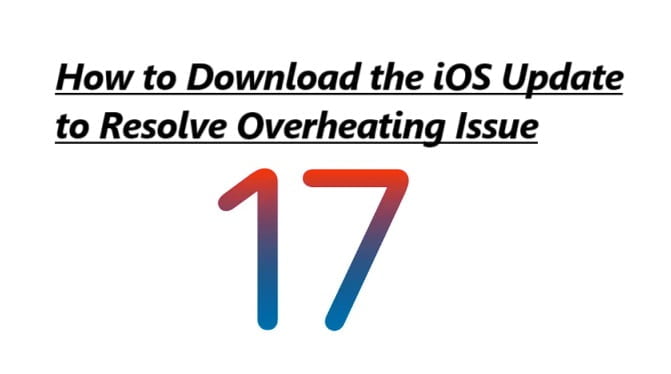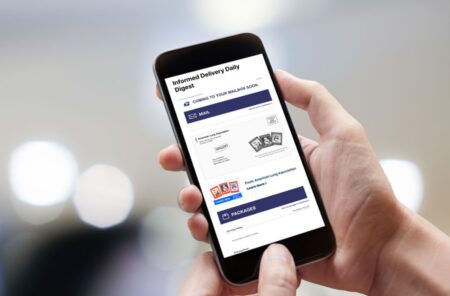iOS 17 and the iPhone 15 Pro do not exist. However, I can provide you with general steps on how to download and install iOS update to resolve issues, including overheating problems, when they become available for your iPhone.
Please note that the steps may vary slightly depending on the iOS version and device you’re using. Here’s how you can download and install an iOS update:
Check for Available Updates:
- Open the “Settings”.
Go to “General”:
- Scroll down and tap on “General.”
Select “Software Update”:
- Tap on “Software Update.” Your iPhone will check for available updates.
Download and Install:
- If an update is available, you’ll see a description of the update along with an “Install” button. Tap “Download and Install.”
Enter Your Passcode:
- If prompted, enter your device passcode.
Review Terms and Conditions:
- Read and agree to the Terms and Conditions.
Start the Update:
- Tap “Agree” again, and the download and installation process will begin. Your iPhone is restart during this process.
Wait for the Update to Complete:
- The update process may take some time, depending on your internet connection and the size of the update. Ensure that your device is connected to Wi-Fi and has sufficient battery life.
Complete the Installation:
- Once the update is downloaded and installed, your iPhone will restart. You may need to enter your passcode to unlock it.
Check for Overheating Issues:
- After the update is installed, monitor your iPhone to see if the overheating issue has been resolved.
Conclusion
if you’re experiencing overheating issues with your iPhone, it may not always be resolved solely by a software update. Overheating can also be caused by factors such as running resource-intensive apps or environmental conditions. If the issue persists after updating your iOS, consider checking for app updates, closing unnecessary background apps, and ensuring your iPhone is not exposed to extreme temperatures.


